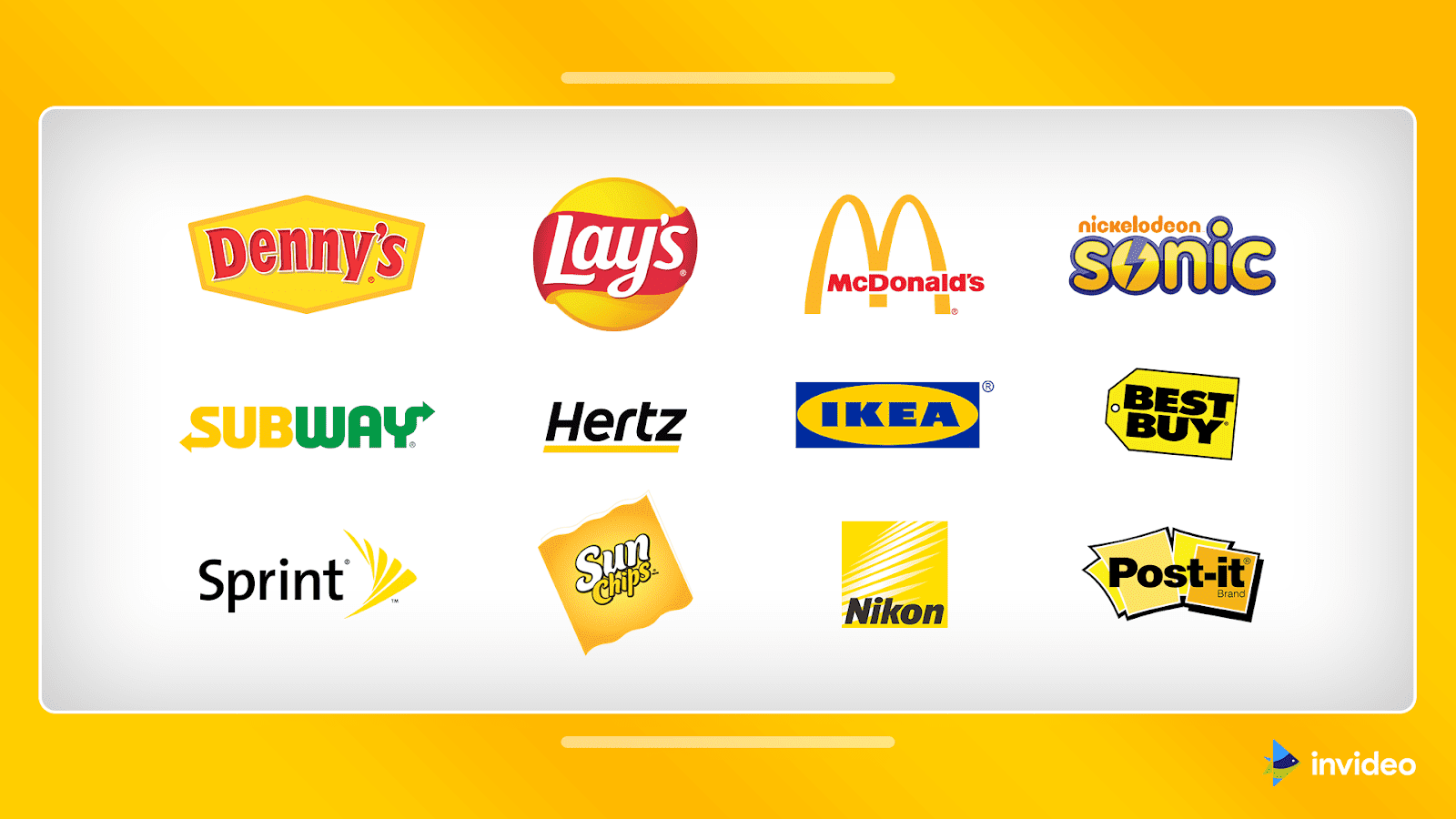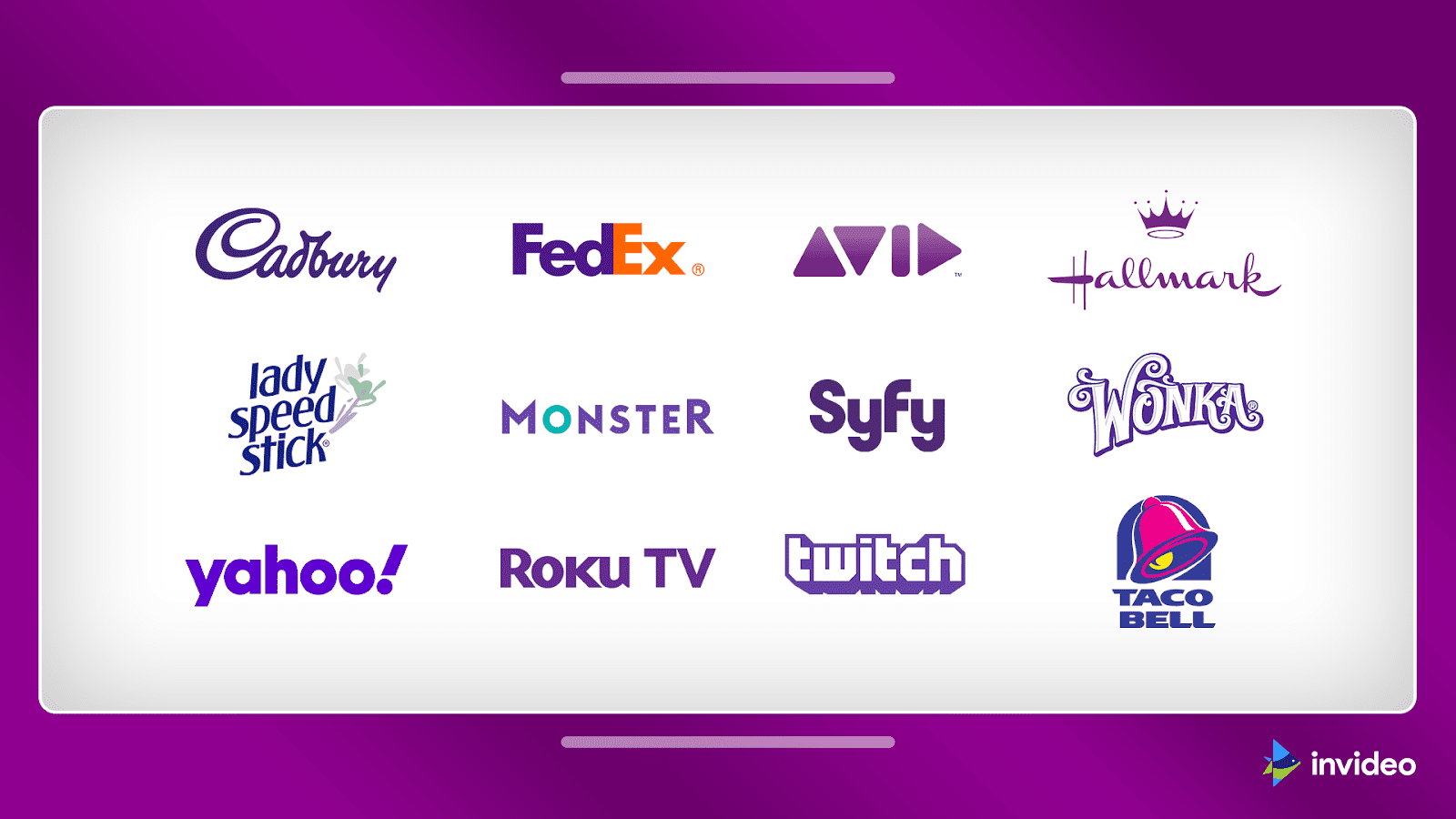Why do we pick a particular brand’s product over the other, even when their utility and features are exactly the same?
Even when buying a generic item, why do we choose one product over other similar variants?
There are several psychological factors involved in building preferences and making these kinds of decisions.
Out of these factors, color is a crucial element that helps us make our day-to-day purchase decisions. Psychologists and businesses are studying the effect of colors on human minds extensively, and this study comes under the umbrella of color psychology.
What Is Color Psychology?
Color psychology is the study of the effect of a particular color on human behavior. Colors influence perceptions of humans and can cause certain emotions in people.
How Does Color Affect Marketing?
The color palette you choose for your brand plays a vital role in building your brand identity and alluring your audience to choose your product over others. Depending on several factors (as mentioned below), your brand can be perceived positively or negatively as subjective to your audience’s experience with the color.
In this article, we will discuss several factors that determine our perception of certain colors as individuals and as a part of a larger group.
What Factors Should You Consider While Determining A Color Palette For Your Brand?
Each color has a different level of influence on people. The type of emotions and the degree of intensity can vary depending on the following factors:
- Environment
Many brands take inspiration from the environment of the country/region they are established in. For example, the infamous Japanese spring is an inspiration for several brands making pastel color palettes widely used across Japanese brands.
- Age
In the book Color Psychology & Color Therapy, Birren states that blue and red consistently remain a preferable choice throughout life. Apart from these two colors, younger people prefer green and elder ones prefer purple.

© Faber Birren, Color Psychology and Color Therapy
- Gender
Color studies by Eysenck state that men prefer blue more than women do. When they placed yellow and orange together, men preferred orange, and women chose yellow over the other color. It clearly shows that gender plays a vital role in determining color preference. As shown below, brown is the least favorite for both genders.


- Culture
A study on cultural differences in color preference between Japan And the USA citizens revealed that the Japanese preferred lighter colors than Americans.
One can also dig deeper and find out which colors are considered to be auspicious or lucky and which ones are associated with bad luck or mourning.
For example, Americans associate black with death and mourning, whereas Indians associate white with death and peace. Red is considered auspicious in China.

- Prior Experiences
A specific color can create a burst of emotions in people depending on their prior experience with that color. For example, if a child enjoyed eating ice cream from a purple ice cream van, he/she might register purple as a happy color. Similarly, if the husband wore a yellow shirt before his accidental death, yellow will trigger sad emotions whenever the wife encounters it despite the wide belief that yellow is a joyous color.
- Time (Era)
Every era has its set of trending colors depending on the economic and social changes going around. If you are a 90s kid, you will remember obsessing over metallic and neon colors. A study shows which specific colors thrived every decade in the past century:
1910 – Black
1920 – Gold
1930 – Pale Pink
1940 – Apple Red
1950 – Daffodil Yellow
1960 – Powder Blue
1970 – Brown
1980 – Bright Colors (like Yellow, Blue, Red)
1990 – Dark Plum, Emerald Green, Metallics
2010 – Grey & Beige
- Background
Color combinations and layering matter too. Brown used in combination with baby pink will be preferred over a pair of brown and blue. The background color can highlight or overpower the foreground color, depending on how we use it.
For example, look how different the same color looks when placed against three different backgrounds:

So, always consider the backdrop of your branding elements while planning colors for your brand.
- Industry Trends
Last but not least, understand the industry’s context before choosing your colors. Hospitals may use light colors, whereas children’s brands may use brighter colors.
Based on the above factors, there are some universal emotions attached to each color.
Color Psychology In Marketing
Blue
A survey done by YouGov in 10 countries across four continents reveals that blue is the most popular color of all. We see this color quite a lot in our day-to-day life. The sky, the reflection on water and glass windows, formal office wear, and what not – Blue is present in all shades and tones around us.
Positive emotions: Peaceful, Secure, Orderly, Reliable
Negative emotions: Cold, Aloof, Unfriendly, Depressive
Industry: Technology, Health, Banking
Brands that use Blue:

Yellow
Depending on the luminosity of the color, yellow can bring out a range of emotions in an individual. In informal places, yellow can prove to be a cheerful and energetic color, whereas the same color, if used at formal locations, can be perceived as “too loud.” Yellow can make a great accent color when used with other darker shades of Blues and Reds.
Positive emotions: Happy, Positive, Creative, Energetic, Enthusiastic, Fun
Negative emotions: Impatient, Egoist, Pessimist, Impulsive
Industry: Food, Departmental Stores
Brands that use Yellow:

Red
Red is the first color a human baby can see after a couple of weeks of their birth. Hence, red has the earliest association for any of us. The color is the most prominent among others on the color wheel, so it’s an excellent shade for brands to stand out of the crowd.
Positive emotions: Energetic, Passionate, Action-filled, Romantic, Warm
Negative emotions: Anger, Depression, Danger
Industry: Media, Sports, Beverage, Super-market
Brands that use Red:

Green
The moment someone mentions “green,” we associate it with nature and wealth. Green is a great color to project the emotions of abundance and growth in people’s minds. However, since the color is so widely present around us in the form of nature, it is difficult to make the color stand out when used in open spaces. In such cases, using the correct background color is crucial for brands.
Positive emotions: Peace, Luck, Health, Abundance, Growth, Rejuvenation
Negative emotions: Jealousy, Materialism, Anxiety
Industry: Natural, Health, Food, Luxury, Travel
Brands that use Green:

Purple
A lot of people like purple simply because of its richness. Right from lavender to violet, the color provides a wide range of shades and tones that are suitable for branding hence giving brands a more flexible color palette to work with. Purple looks gorgeous with metallic gold and silver color, making it perfect for luxury brands.
Positive emotions: Luxury, Power, Wisdom, Creativity, Royalty
Negative emotions: Frustration, Sadness, Gloominess
Industry: Lingerie, Jewelry, Hygiene, Luxury
Brands that use Purple:

Black
Black is a symbol of class and power around the world. Several brands prefer to have black as their primary color due to the flexibility it provides. It can be used on any colored merchandise and against almost any background.
Positive emotions: Mystery, Power, Elegance, Sophistication
Negative emotions: Negativity, Sadness, Controlling
Industry: Media, Luxury, Technology, Sports
Brands that use Black:

White
If you have to rename peace and purity in terms of color, almost everyone will choose white. If your company deals with health or spiritual products & services, go for white or any lighter tones of other colors. When using white in the outdoors, always use complementary colors as a background.
Positive emotions: Pure, Innocent, Whole
Negative emotions: Cold, Isolated, Bland
Industry: Sports, Spiritual, Health, Technology
Brands that use White:

Final Thoughts
While several factors contribute to building a brand image, you must consider color as one of the most crucial elements. Companies pay thousands of dollars to experts for helping them in conducting extensive research on understanding the psychology of color in marketing and selecting a suitable color for their brand.
One thing is for sure. If you are wondering what the most attractive color for advertising is, blue is the answer (based on various studies).
But then again, it’s not the only one. Choose your color wisely with the help of the factors mentioned earlier, and the psychology of color in advertising.
While you are at it, check out our blog on pastel color palette which has attracted millions of people worldwide in the past decade.
Until next time, keep creating ????


